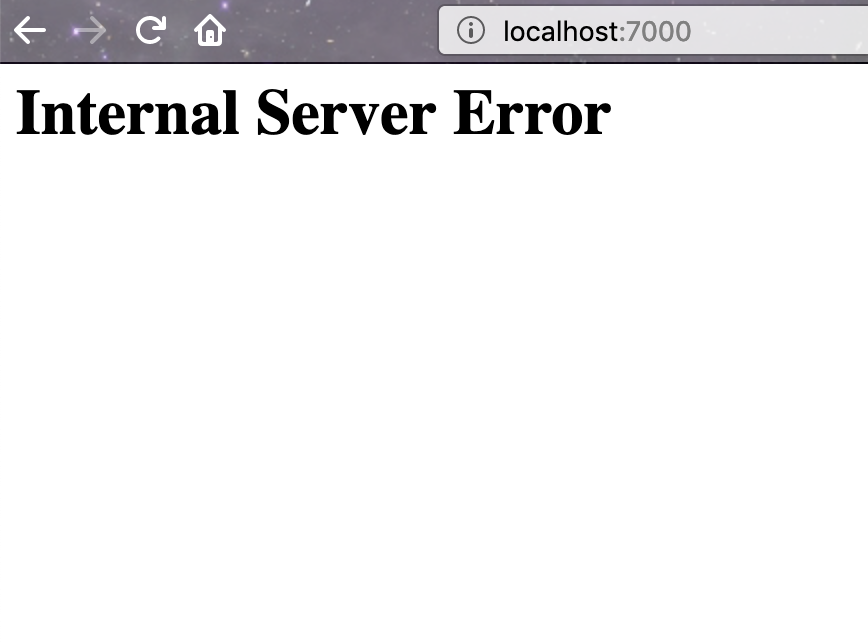
Believe it or not, today marks the one-year anniversary of the Linkerd 2.0 launch! With 2.6 already round the corner, it’s hard to believe just how much momentum, adoption, and iteration has been packed into the last 365 days.
One year of Linkerd 2.x
Here are just a few of the highlights from the past year of Linkerd 2.x.
🍰 Solving real problems for real users. This November’s Kubecon San Diego includes talks from Linkerd users at Nordstrom, Disney, Microsoft, Paybase, and more, joining the ever-growing list of Linkerd production use cases that spans mobile to consumer to payments to banking. No matter the industry or scale, Linkerd gives you the essential reliability, security, and observability necessary to operate your app on Kubernetes. And most of all, it just works.
🍰 A non-stop drumbeat of releases. The past year has seen 5 stable releases of 2.x and 50 (!) edge releases, covering a changelog that spans over 2,000 lines of text! But don’t worry, you don’t have to read all that to use Linkerd… installing Linkerd is still a 60-second process.
🍰 An incredible pace of feature iteration. Since the 2.0 launch, we’ve added a on-by-default mutual TLS, per-route metrics, retries, timeouts, Helm charts, proxy auto-injection, traffic splitting, and many, many more features. That doesn’t even include the distributed tracing, tap headers, and TCP mTLS that are on the docket for later this year!
🍰 Mass ecosystem integrations. From OpenFaaS to Flagger to Ambassador to Service Mesh Hub to DigitalOcean to VSCode to Rio, Linkerd has become a critical building block for the cloud native ecosystem as a whole.
🍰 The creation of industry-defining interfaces. The Linkerd team was the largest contributor to Microsoft’s Service Mesh Interface specification, and Linkerd’s metrics and traffic splitting features support SMI out of the box.
🍰 A third-party security audit passed with flying colors. The security analysis firm Cure53 evaluated Linkerd and concluded that Linkerd “is fully capable of preventing major attacks and should be considered strong against the majority of malicious attempts at a compromise”, continuing that “Cure53 needs to mention the atypically excellent code readability, careful choice of implementation languages, as well as the clearly written and well-maintained documentation for all attributes.”
🍰 A third-party performance benchmark that placed it miles ahead of other projects. Kinvolk evaluated Linkerd’s performance, and concluded: “Linkerd takes the edge on resource consumption, and when pushed into high load situations, maintains acceptable response latency at a higher rate of requests per second that Istio is able to deliver.” (See our writeup of their report.)
🍰 A rapidly-growing, friendly, engaged community. Now at 4,500+ GitHub stars, 80 contributors, and 3,500+ friendly folks in the Linkerd Slack, the Linkerd community is consistently one of the friendliest and most helpful groups of humans you could find on the Internet!
But the most important thing of all?
I’m proud of all that we’ve accomplished, but the thing I’m most proud of, by far, is the consistent level of positive feedback and love we get Linkerd’s adopters, contributors, and committers. This is the oxygen that keeps any project growing, and above all, Linkerd is your project. Here’s to another incredible year together with you. 💪
F*** me. I know @linkerd say "it just works" but it really does just work. I ran like five shell commands (including installing it onto the cluster) and I've got gRPC load-balancing working between #aspnetcore instances. Oh, AND a neat dashboard. pic.twitter.com/NsCRn9VxZH
— Mark Rendle 🇺🇦 (@markrendle) September 14, 2019
@linkerd hope this is not getting repetitive but you guys save my ass again. We where getting a lot of traffic on an internal resource, we where able to find where that traffic was coming and deploy a hot fix to that service. Thank you guys !! ❤️❤️
— Camilo Rivera (@CamiloFromHN) September 12, 2019
I really just can't say enough good things about linkerd. You should really give it a try.
— Darren Shepherd (@ibuildthecloud) August 27, 2019
— William Morgan (@wm) August 23, 2019
Just got @linkerd up and running and oh man I forgot how awesome it is. It’s going on all the clusters.
— Chris Carty (@macintoshPrime) August 21, 2019
🎂 Happy birthday, Linkerd! It's been one year to the day since Linkerd 2.0 was released... and a LOT has happened https://t.co/ZVtHfPwYZB
— Linkerd (@Linkerd) September 18, 2019
Get u a service mesh that can install like this pic.twitter.com/yZXjn9QQsY
— William Morgan (@wm) August 5, 2019
Wow... @linkerd just works
— Keiran Smith (Affix) (@cli) July 16, 2019
Really impressed with how approachable @linkerd is. Docs are great, install is easy, checks are automated, cli is helpful. I wish more things were like this. 🏆 pic.twitter.com/MrkX82TvfX
— Mike Williamson (@sleepycat@infosec.exchange) (@dexterchief) May 29, 2019
Today I implemented a service mesh with @linkerd so easy it was like butter. Observability right out the box!
— Steven Natera (@StevenNatera) May 21, 2019
FACT: If you are considering service mesh and @linkerd isn't first on your list you're making a HUGE mistake. It just WORKS. Plain and simple. No hours of YAML configuration files to write. It just WORKS. Thank you @wm and @BuoyantIO team! @CloudNativeFdn
— Cole Calistra (@coleca) February 2, 2019
Ready to try Linkerd?
Ready to try Linkerd? Those of you who have been tracking the 2.x branch via our weekly edge releases will already have seen these features in action. Either way, you can download the stable 2.5 release by running:
curl --proto '=https' --tlsv1.2 -sSfL https://run.linkerd.io/install | shLinkerd is a community project and is hosted by the Cloud Native Computing Foundation. If you have feature requests, questions, or comments, we’d love to have you join our rapidly-growing community! Linkerd is hosted on GitHub, and we have a thriving community on Slack, Twitter, and the mailing lists. Come and join the fun!



